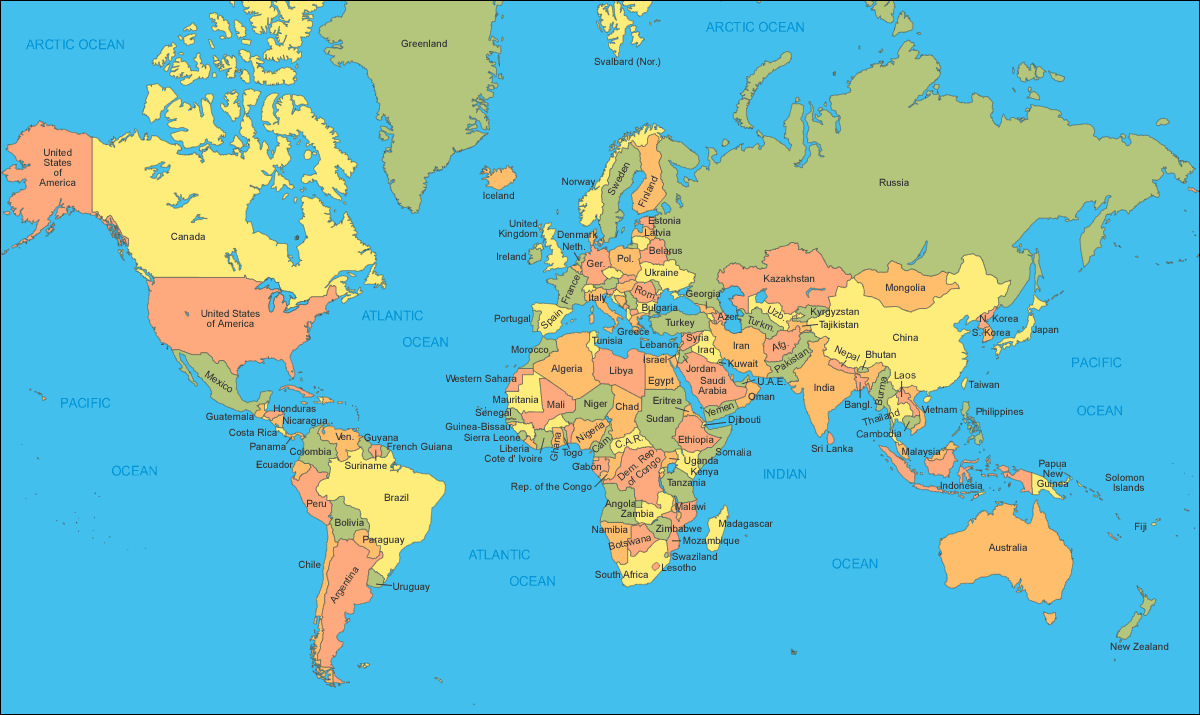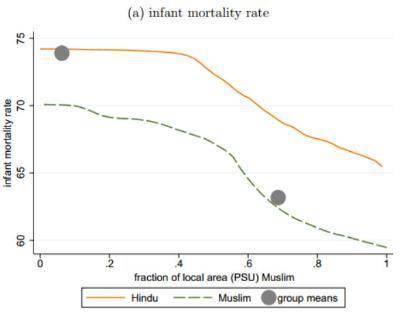
The Anti-Defamation League’s “Global 100” study released this week not only gives us a comprehensive understanding of the new anti-Semitism, it provides context into the nature of contemporary Hinduphobia: subtle, often unintentional, and yet depressingly pervasive.
The study, which resulted from surveys conducted in 101 countries and the Occupied Palestinian Territories, showed that a quarter of the world’s population held anti-Semitic views. The people who responded with negative views might not have considered themselves negative or hateful; instead, stereotypes and misrepresentations about a religion can breed deeply entrenched biases.
Anti-Semitism hasn’t been as prominent in the United States in recent years, but that doesn’t mean it doesn’t exist. As the ADL study showed, even people with positive feelings about Jews hold stereotypical views that can be seen as anti-Semitic. For example, almost a third of Americans believe that Jews are more loyal to Israel than the United States, while almost a quarter feel that Jews talk too much about the Holocaust. While the respondents might not have seen their views as offensive, for many Jews, it’s a reminder that they are still viewed as Others.
The ADL study has its methodological limitations, especially since the questions in the poll did not reveal respondents’ intent. Still, it provides us with a useful look at how to gauge Hinduphobia, since many Americans with Hinduphobic attitudes don’t realize that their views are offensive or biased against Hindus.
Like anti-Semitism, Hinduphobia doesn’t have to be malicious. Many non-Hindus views our religion as exotic, while others seem curiously drawn to what they perceive to be our idol-worshiping or overly ritualistic ways. Even the most well-intentioned folks are still unable to separate Hinduism the religion from cultural or social practices, leading to questions such as “Do all Hindus get arranged marriages?”
Those views aren’t limited to lay individuals. Many of the biases against Hindus repeat themselves in educational representations about Hinduism. Textbooks have long misrepresented Hinduism, but some examples stand out. One recent textbook stated that “Hindus have many colorful gods and goddesses,” seemingly equating Hindu forms of the divine to a Pokemon collection. Even if the author’s intent was to compliment, the tone of the depiction could be seen as quite Hinduphobic. Another book implied that Hinduism had not carried much influence outside of the Indian subcontinent, which trivializes – to a ridiculous extent – the Hindu diaspora in Southeast Asia, the West Indies, Africa, and the West, and the contributions Hindu philosophy has made to global thought and practice for thousands of years. And for the millions of non-Hindus who religiously practice yoga? You’re welcome.
Jewish American groups have made significant strides in recent years to fight anti-Semitic content in textbooks, and their efforts have helped to shape more constructive understandings about Judaism. The Jewish-American experience isn’t tied to the Israeli-Palestinian conflict, nor is it defined by one profession or walk of life. Similarly, the expanse of Hinduism and the global Hindu diaspora should never be limited to India (or its politics) or homogenized through stereotypes and biases. Perhaps the ADL study and Jewish-American efforts to combat anti-Semitism (both in attitudes and content depictions) can serve as a model for Hindu-Americans wishing to fight for pluralism and a more constructively robust understanding of who we are.








































